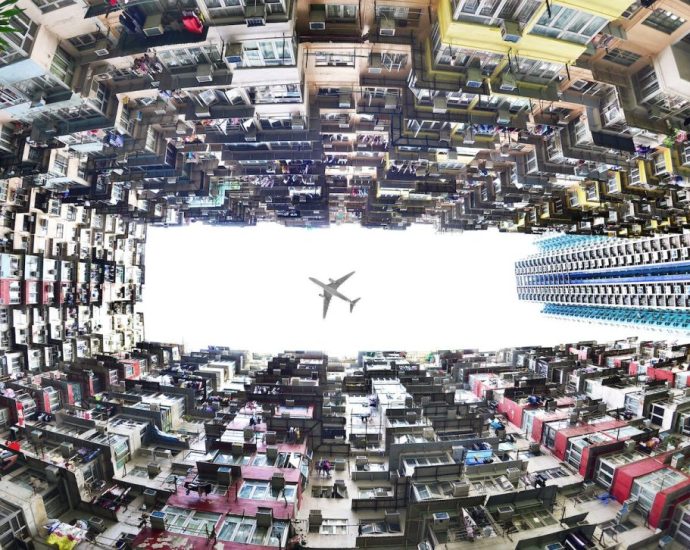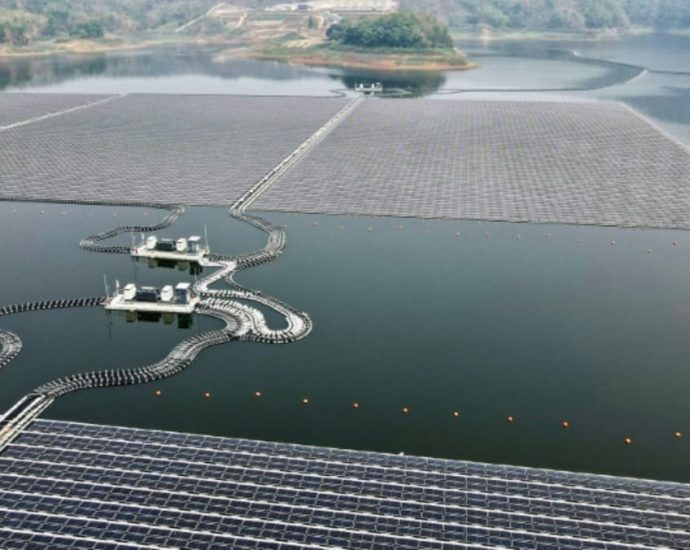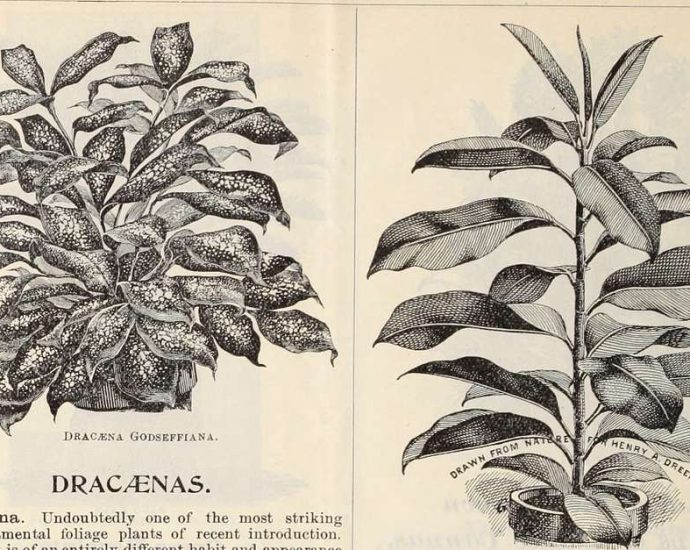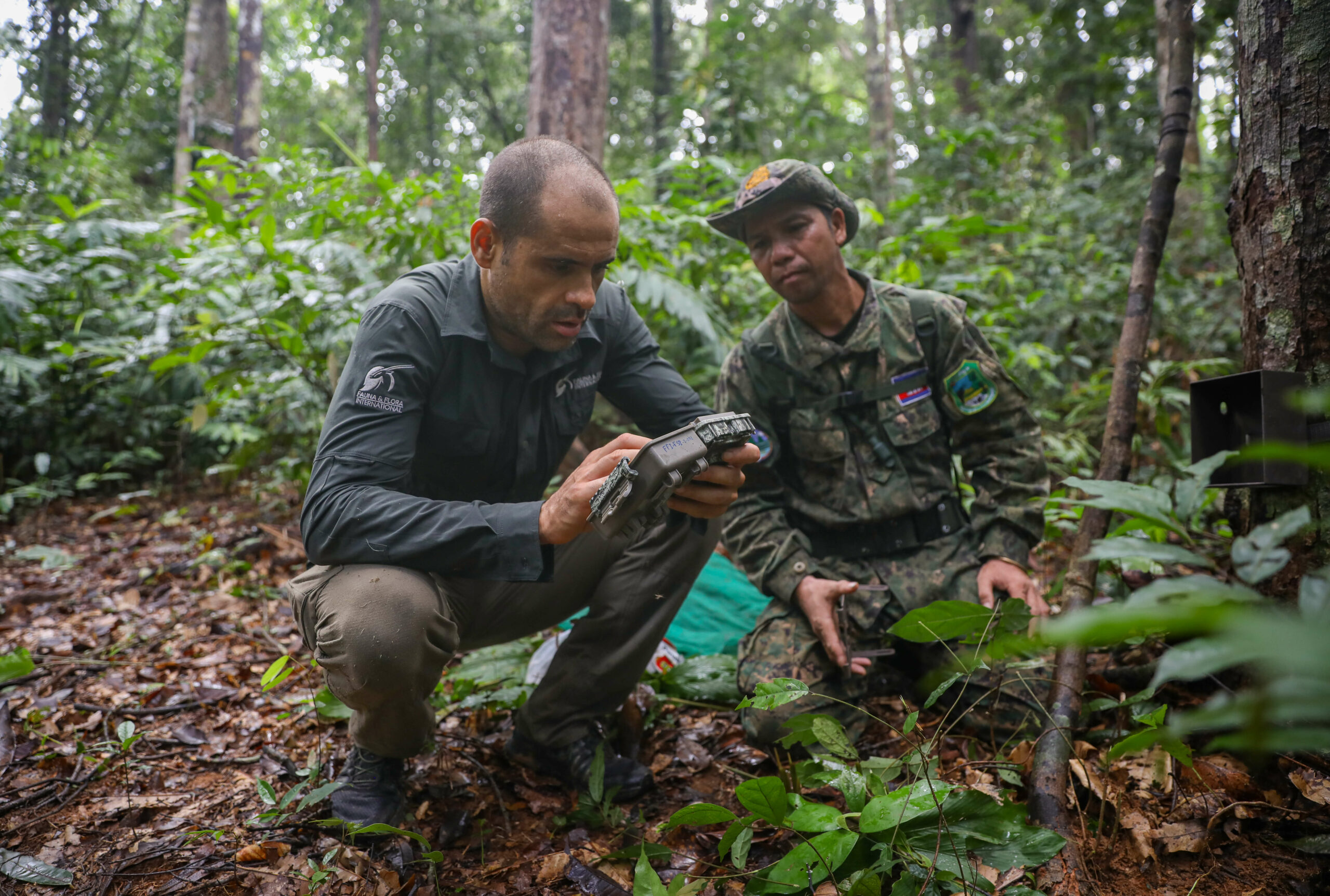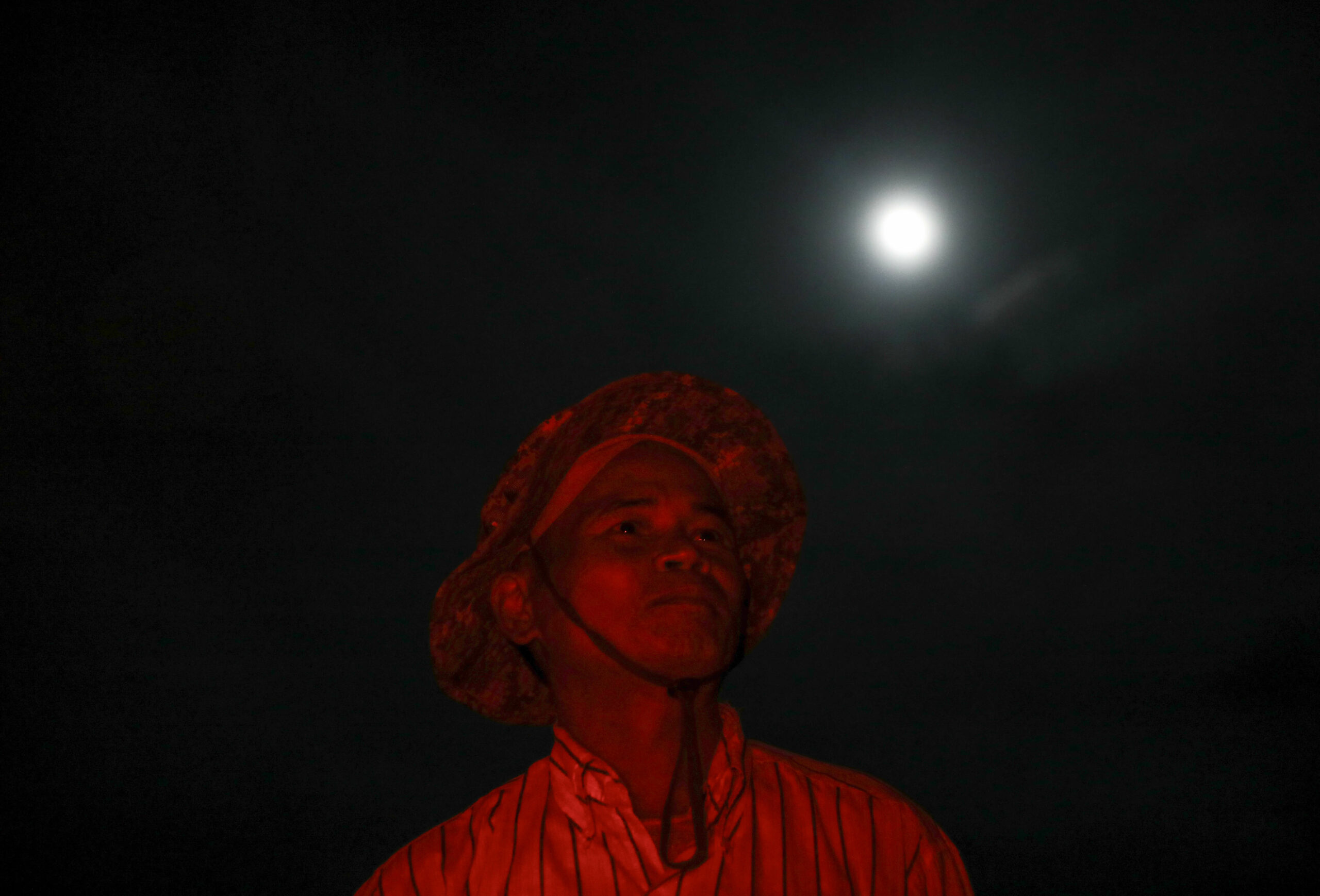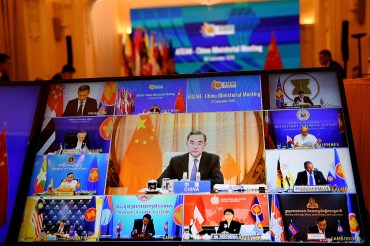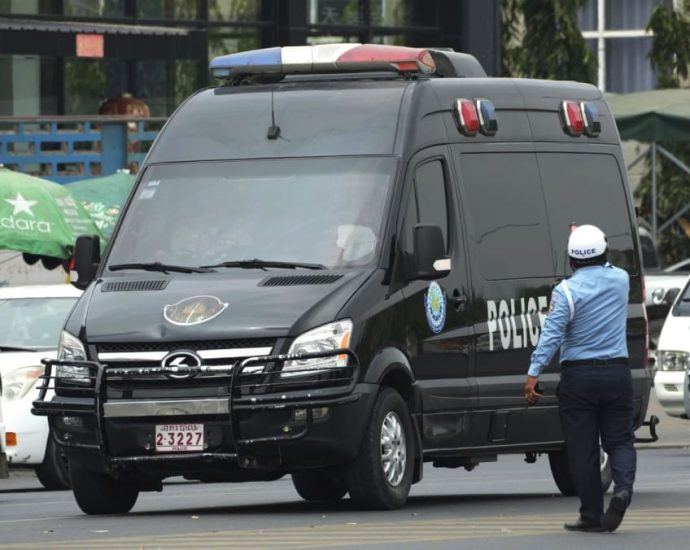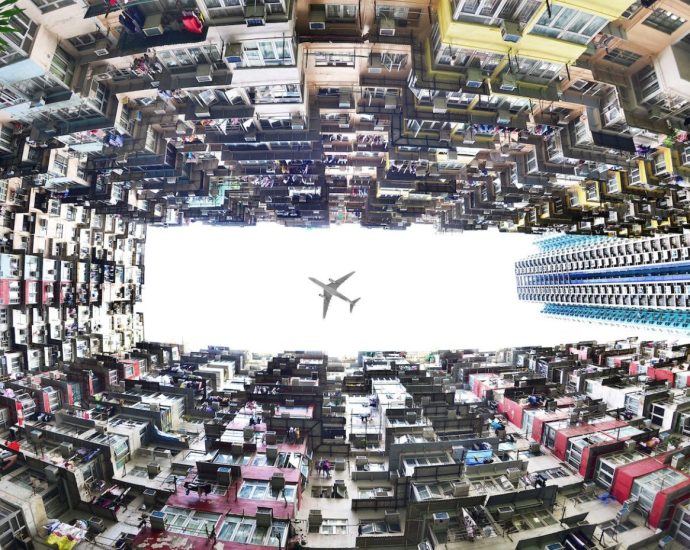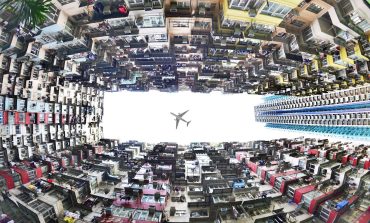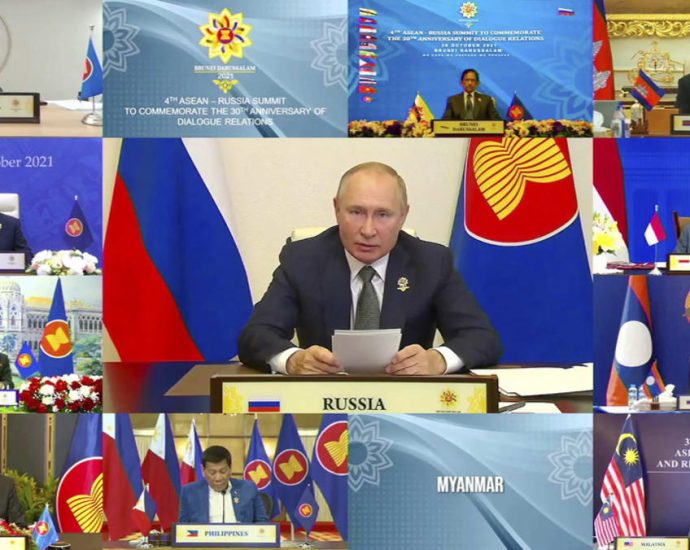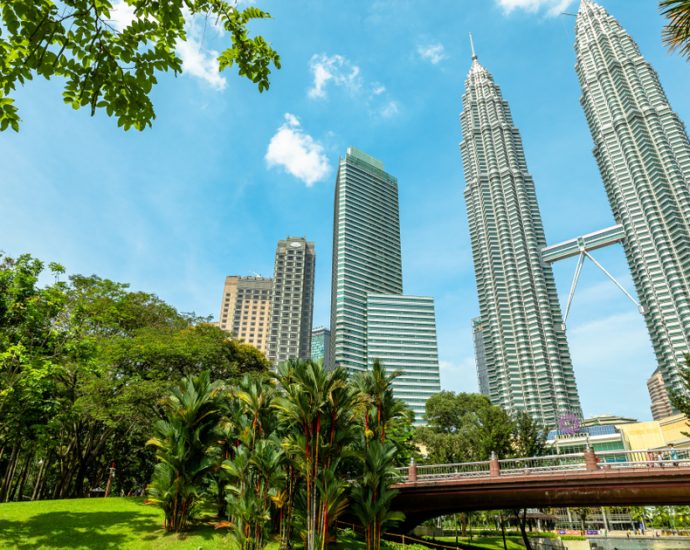Commentary: Indonesian talks to co-host the 2034 World Cup was an ASEAN mirage

THERE NEVER WAS A GENUINE OPPORTUNITY FOR SINGAPORE
So did Singapore and Southeast Asia really lose its best opportunity to host football’s blue riband event? The answer begets a pertinent question: “Was this a genuine opportunity?”
The answer is an emphatic “no”. After Saudi Arabia announced its interest, there was really no room for a rival bid of any kind.
The Association of Southeast Asian Nations (ASEAN) had met in 2019 to discuss the possibility of a future joint bid for the World Cup, but nothing concrete came out of that.
The Football Association of Malaysia had vehemently denied reports of a joint bid, adding that they had no intentions of bidding to host the World Cup “anytime soon”. The Football Association of Singapore did not respond to media queries about the joint bid, signalling that they perhaps didn’t know much about it or was not willing to share their thoughts on a bid where they were mere passengers.
There is no doubting the hosting capabilities of both Malaysia and Singapore, the former having hosted the 1998 Commonwealth Games quite successfully and the latter having a proper state-of-the-art facility in the form of the S$1.33 billion Sports Hub simply crying out to host a major event.
But the football in both countries isn’t what you would term world class. Malaysia is 147th in the FIFA World Rankings, while Singapore is at 159. The state of Singapore football is such that there is a sweepstakes running to predict the goal-difference for Singapore in their upcoming six World and Asian Cup qualifiers against China, Thailand and South Korea. Most predictions are leaning towards larger numbers.


